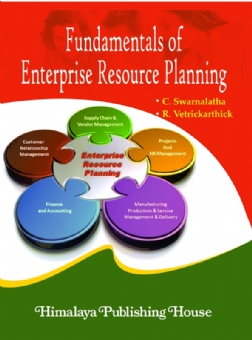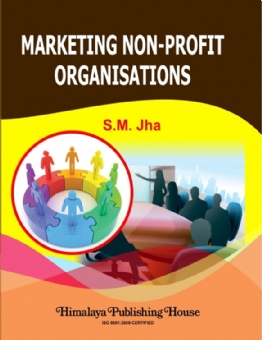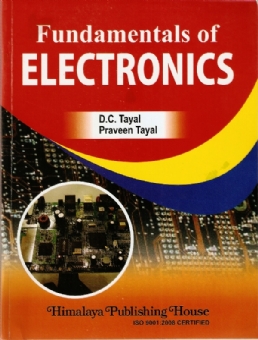In the first chapter, we have discussed ERP overview, three major concepts of ERP, FMIS, BPI, etc. and its functions. Business Process Integration (BPI) has been clearly explained with suitable diagrams. ERP terms and concepts is also discussed in detail. A conceptual ERP model is designed and implementation procedures are given. Advantages and disadvantages of ERP are given with examples. The complete enterprise system and its components are thoroughly explained. Finally we have seen stage by stage ERP evolution.
In the second chapter, the need assessment, competitive and Environmental Analysis, Benchmarking, GAP analysis, ERP solution comparison, Cost elements and its classifications and Flexibility analysis are explained with suitable diagrams, flow charts and examples. Modules of an ERP system, ERP architecture, ERP software in India like SAP, BAAN, IFS, Oracle, PeopleSoft have been analyzed properly. Then the evolution and selection of software packages and its requirements are discussed. The role and responsibilities of ERP consultants are given.
In the third chapter Business Reengineering Process (BPR) and its types, the need of BPR, the steps in BPR and its impact are thoroughly explained with suitable diagram, flowchart and examples. AS-IS and To-BE analysis, Business decisions, Business Process Modeling and BPR success factors, organizational readiness are defined in this chapter. Finally some of the Do`s and Don`ts of ERP implementation are explained.
Fourth chapter deals with the ERP project management techniques. The role of project team and its skill level such as competency, position, knowledge level required are explained in detail. The role and responsibilities and the functions of the Project team are discussed. Change management concepts and change management strategies for ERP implementations are derived. Finally integration standards, Middleware development, its function, types and design are explained with suitable flowchart, diagram and examples. Forward Engineering, Reverse engineering concepts and ERP software design concepts are explained.
Fifth chapter deals with the post-implementation process, Post-implementation Audits, lean process alignment, and maximizing business benefits. The transformation of Enterprise system has been explained with examples. We have defined organizational transformation model and its role. Cross-functional team and its importance, impacts of cross-functional team are explained with suitable diagrams. A Production and planning control model is explained in detail.
In addition we also covered the ERP Glossary. This book will be suitable for all the information and computer science students, Management studies, Ecommerce and business administration students, ERP learners and beginners.
Contents :
1. Enterprise Resource Planning
2. Pre Implementation Stage
3. ERP Implementation
4. Project Management
5. Post Implementation
Glossary of ERP Terms







